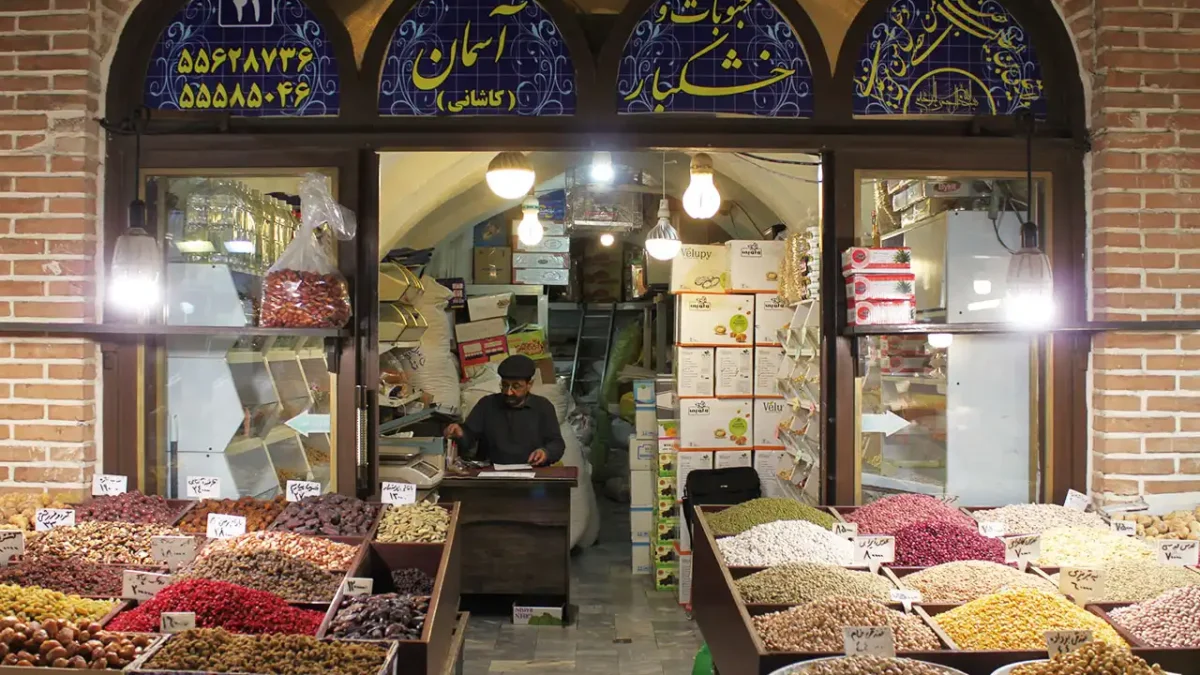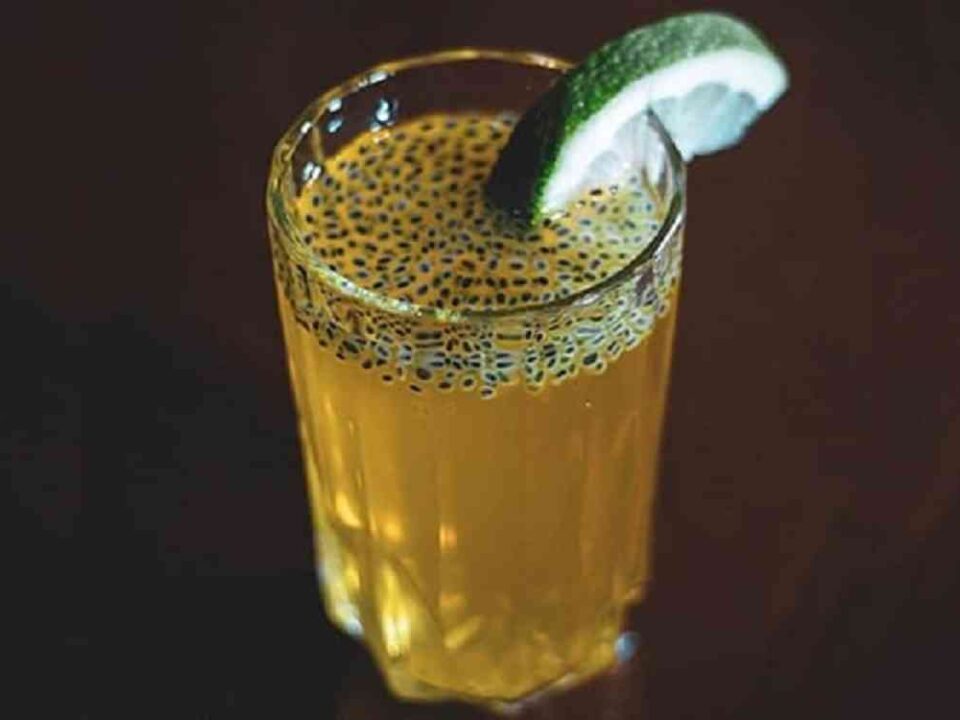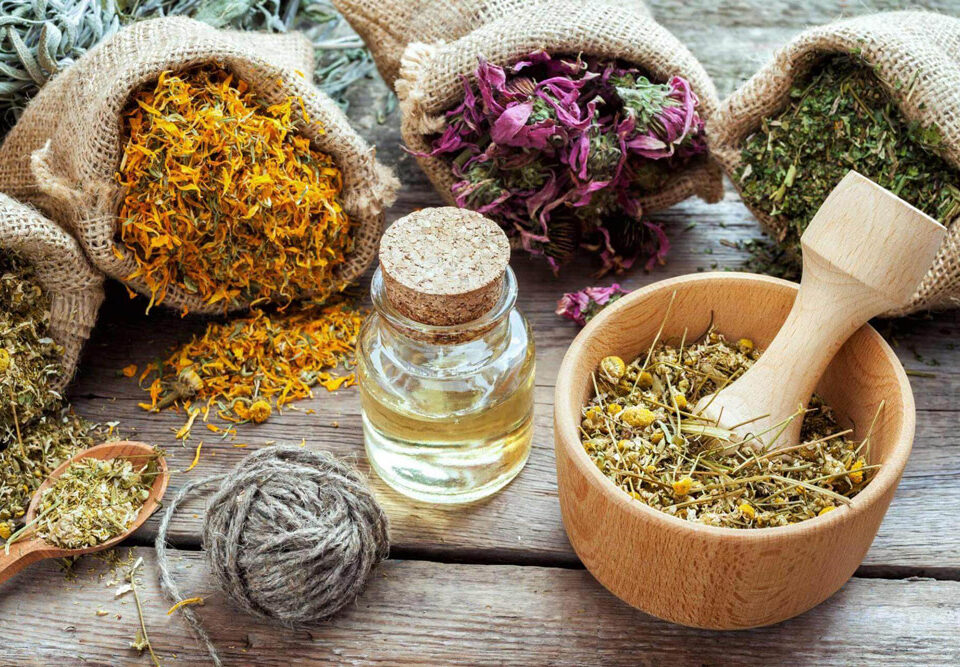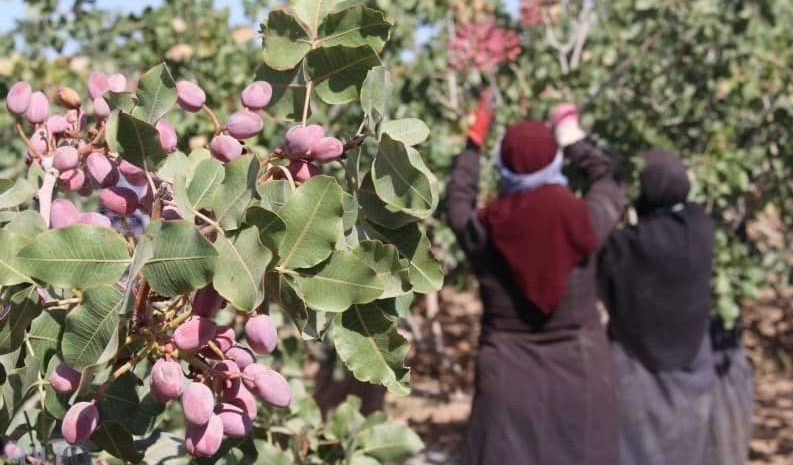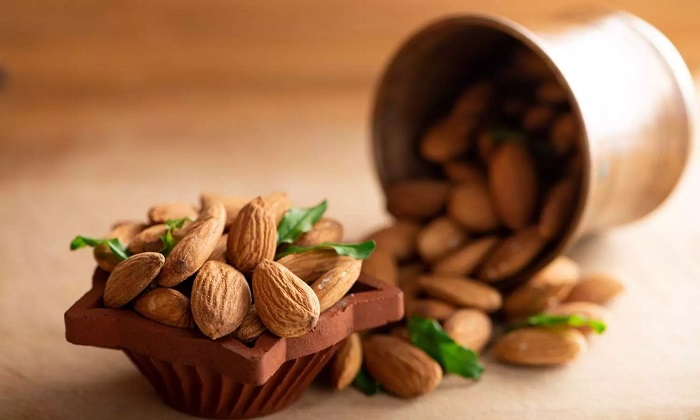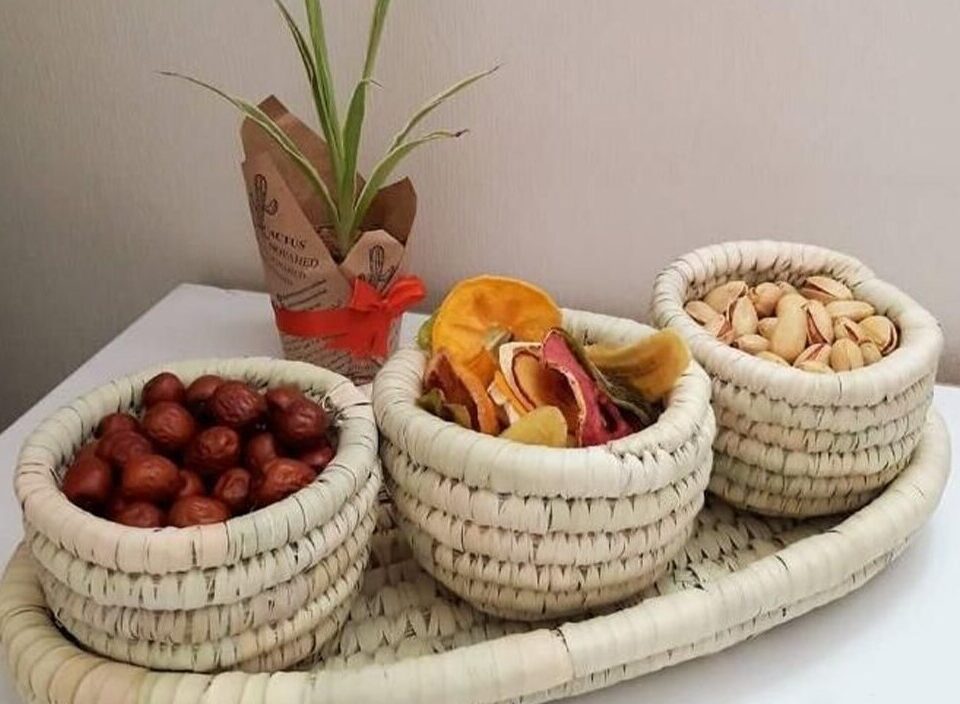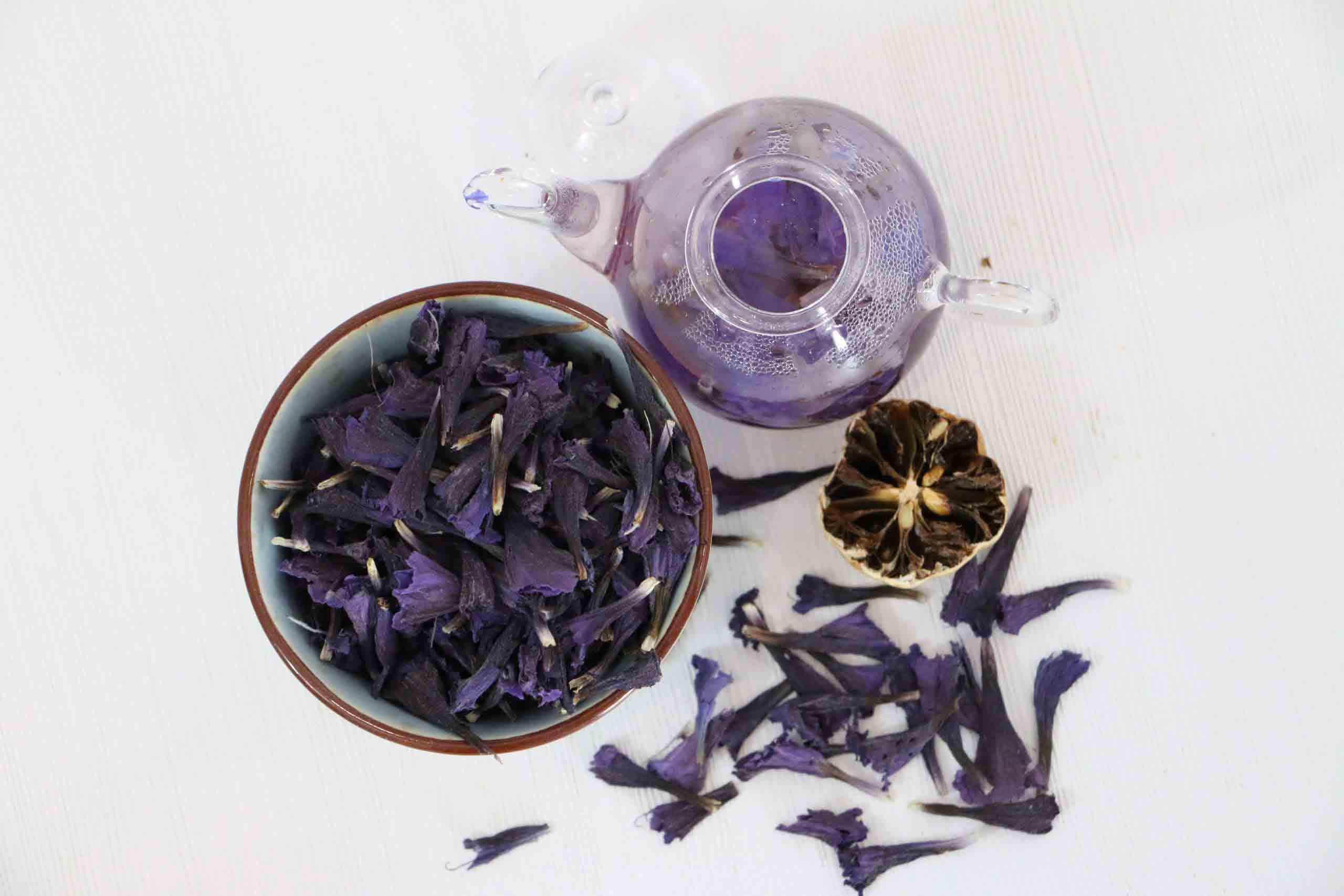
Exploring the World of Iranian Herbal and Medicinal Spices
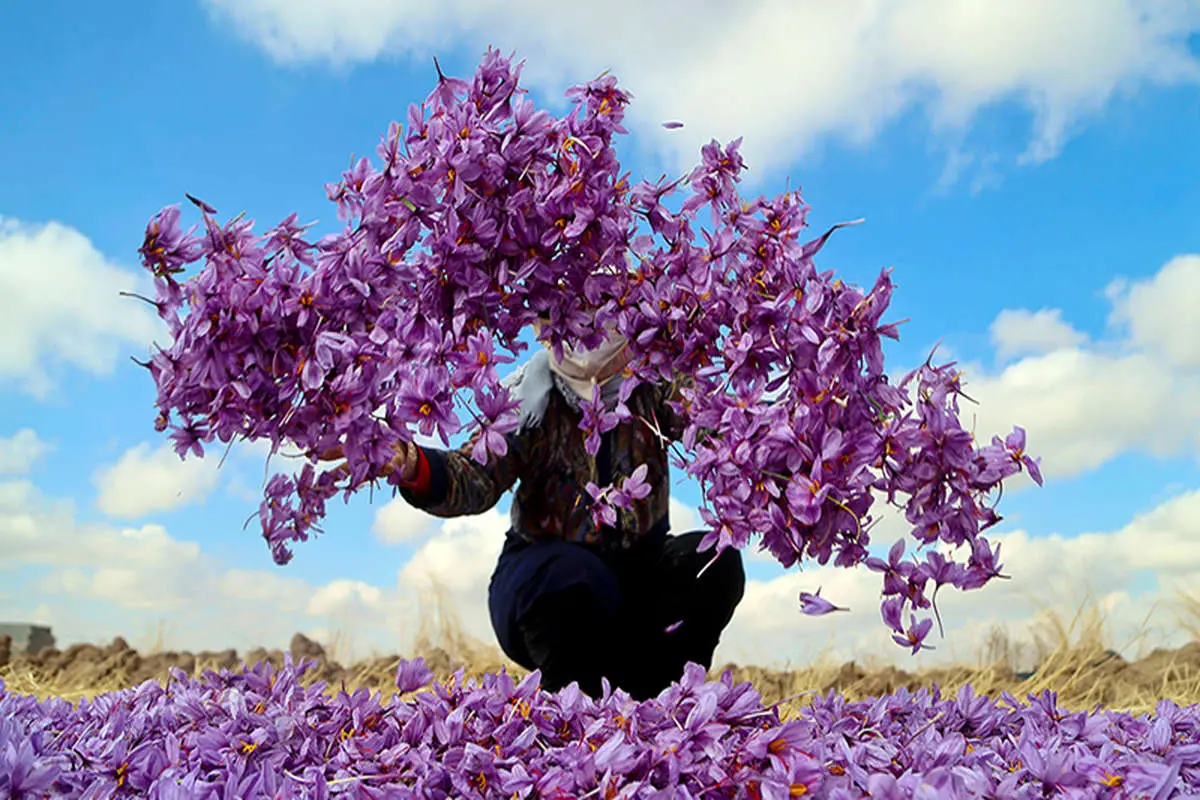
Understanding the Growing and Harvesting of Iranian Saffron
A Travel Guide to Sourcing the Best Nuts
Iran is renowned for producing some of the finest nuts in the world, including pistachios, almonds, walnuts, and hazelnuts. These nuts are deeply ingrained in Iranian culture and cuisine, and travelers to the country often seek out the vibrant markets where these treasures are sold. From the bustling bazaars of Tehran to the traditional markets in smaller cities like Kerman and Tabriz, each region offers a unique experience in sourcing high-quality nuts that are a staple of Persian life.
Here’s a travel guide highlighting the key markets in Iran where you can find the best nuts, immerse yourself in the local culture, and enjoy a truly authentic experience.
1. Tehran’s Grand Bazaar
Location: Tehran
The Grand Bazaar of Tehran is one of the oldest and largest markets in Iran, offering a wide variety of goods, from spices and textiles to the country’s finest nuts. This market is a must-visit destination for anyone looking to experience the hustle and bustle of an authentic Iranian bazaar while sourcing high-quality nuts like pistachios, almonds, and hazelnuts.
What to Expect:
- Diverse Selections: At Tehran’s Grand Bazaar, you’ll find a wide range of nuts sourced from across the country, including pistachios from Kerman and Rafsanjan, walnuts from Hamedan, and almonds from Fars.
- Competitive Prices: Due to the sheer size and competition within the market, you can often negotiate prices and find great deals on bulk purchases.
- Cultural Experience: The market offers more than just nuts. It’s a sprawling complex filled with history, culture, and the vibrant energy of Tehran.
Insider Tip:
- Visit the Golestan Palace, which is located near the Grand Bazaar, and explore the historic architecture before or after your market trip. It’s a great way to combine sightseeing with shopping.
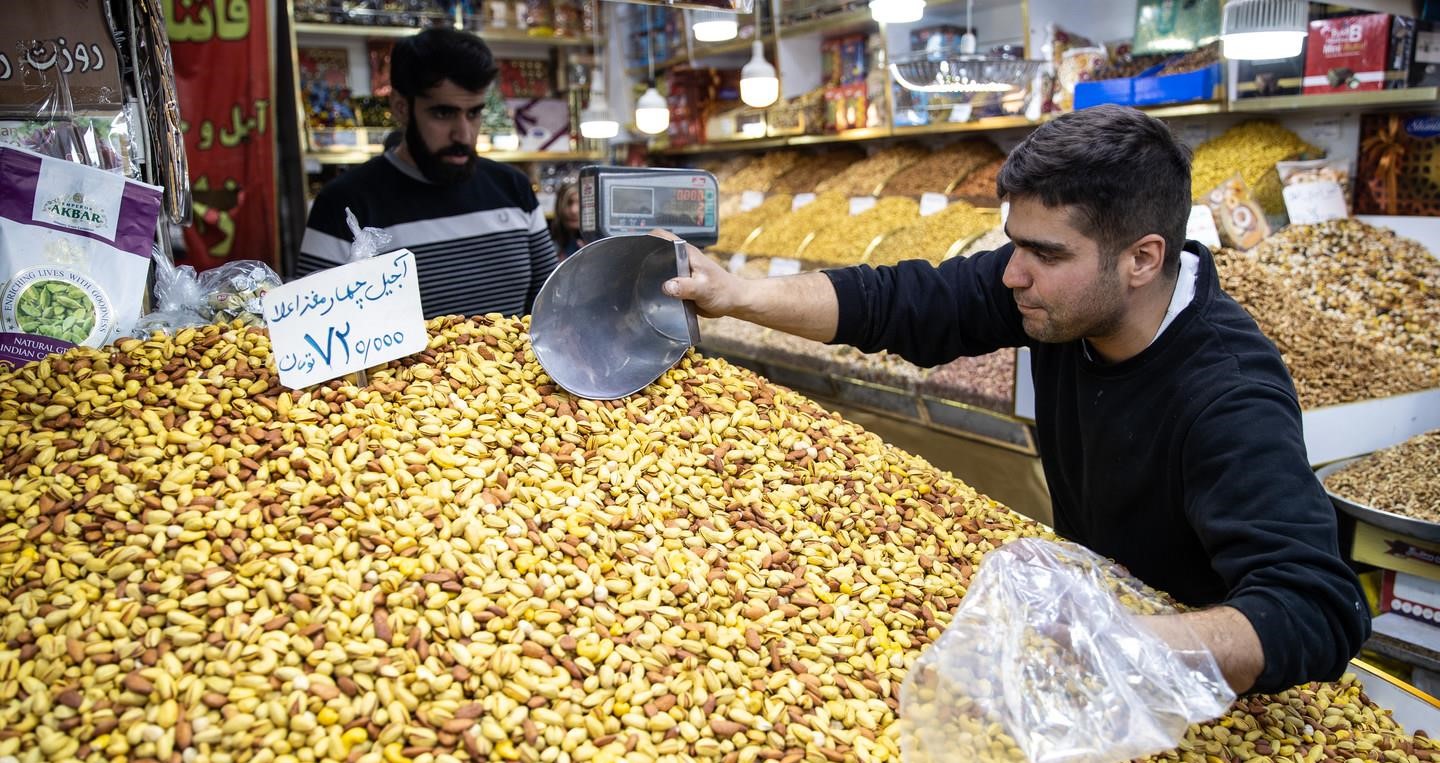
Tehran’s Grand Bazaar
2. Rafsanjani’s Pistachio Markets
Location: Rafsanjan, Kerman Province
Rafsanjani is known as the pistachio capital of Iran, and for good reason. The region produces some of the world’s highest-quality pistachios, which are exported globally. If you’re a pistachio lover, a trip to Rafsanjan’s local markets is a must.
What to Expect:
- Pistachio Variety: Rafsanjan offers a wide variety of pistachios, including the Akbari, Kalleh Ghochi, and Ahmad Aghaei varieties. Each has its unique flavor, size, and texture.
- Freshness: Since Rafsanjan is located at the heart of Iran’s pistachio production, you’ll find the freshest pistachios straight from the farms.
- Farm Tours: Many travelers visit local pistachio farms to see the production process firsthand. Some farms even offer tastings, giving you a deeper connection to the pistachios you’re purchasing.
Insider Tip:
- Try pistachio butter and pistachio sweets that are unique to the region. Local vendors often sell these delicious products alongside raw and roasted pistachios.
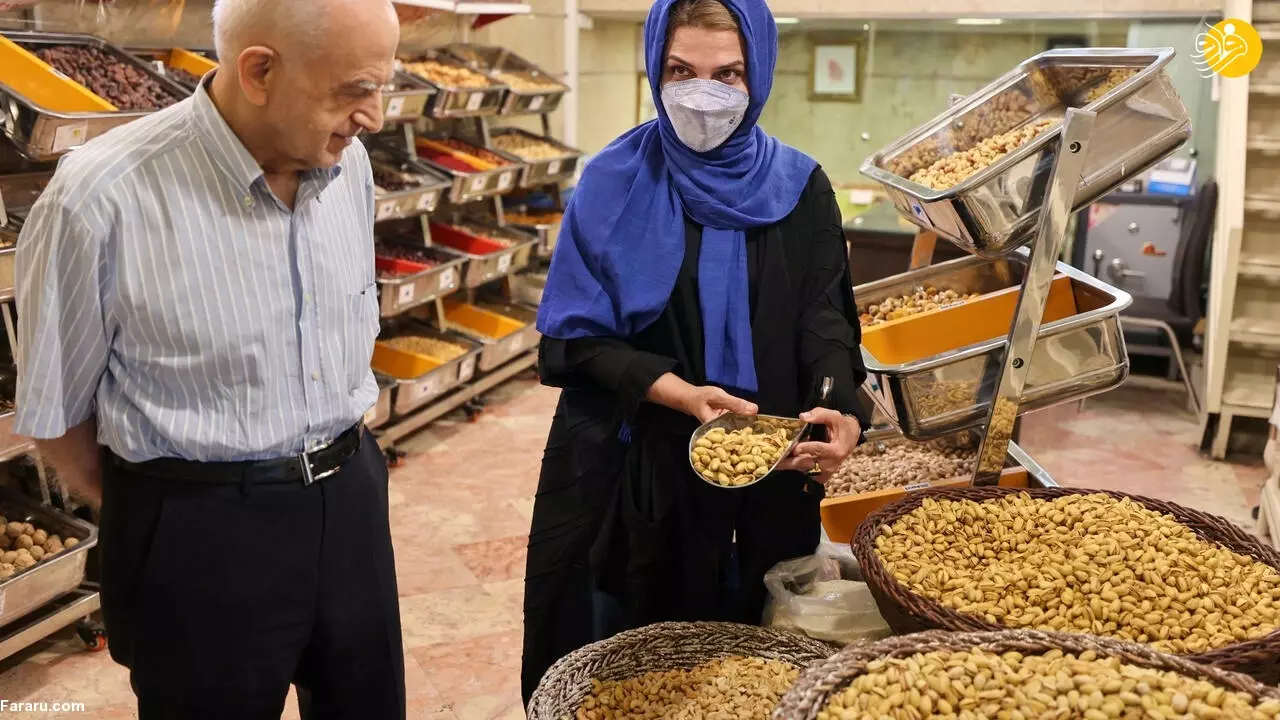
Rafsanjani’s Pistachio Markets
3. Tabriz Bazaar (Bazaar-e Tabriz)
Location: Tabriz, East Azerbaijan Province
The Tabriz Bazaar is a UNESCO World Heritage site and one of the oldest markets in the Middle East. Known for its stunning architecture and vibrant atmosphere, the Tabriz Bazaar is also a key destination for sourcing walnuts, hazelnuts, and dried fruits.
What to Expect:
- High-Quality Nuts: The mountainous regions surrounding Tabriz are known for their nut production, especially hazelnuts and walnuts. You’ll find these nuts sold in abundance throughout the bazaar.
- Local Delicacies: In addition to nuts, the bazaar is famous for Tabriz sweets, such as Nogha (Persian nougat), which is made with walnuts and honey. Don’t miss the chance to sample these unique confections.
- Historical Ambiance: The market’s vaulted ceilings and intricate brickwork make shopping here a visually stunning experience.
Insider Tip:
- Be sure to visit the spice section of the bazaar, where you can find saffron, cumin, and dried herbs alongside your nut purchases, allowing you to experience the full range of Persian flavors.

Tabriz Bazaar (Bazaar-e Tabriz)
4. Kerman’s Traditional Bazaar
Location: Kerman
Kerman is another city famous for its pistachios, but the Kerman Bazaar offers a wide variety of nuts, dried fruits, and spices. Known for its historical significance and beautifully preserved architecture, this market is ideal for sourcing fresh nuts while enjoying an authentic Persian shopping experience.
What to Expect:
- World-Class Pistachios: Like Rafsanjan, Kerman is a key region for pistachio production, and you’ll find many different varieties of these nuts sold by local vendors.
- Variety of Nuts: In addition to pistachios, the Kerman Bazaar offers almonds, walnuts, and hazelnuts, all locally grown.
- Artisan Goods: The bazaar is also famous for its traditional carpets and handicrafts, so you can explore more than just food products during your visit.
Insider Tip:
- Visit the nearby Ganjali Khan Complex, which includes a bathhouse, mosque, and caravanserai. This historical site offers insight into Persian architecture and culture, making your trip to Kerman even more enriching.
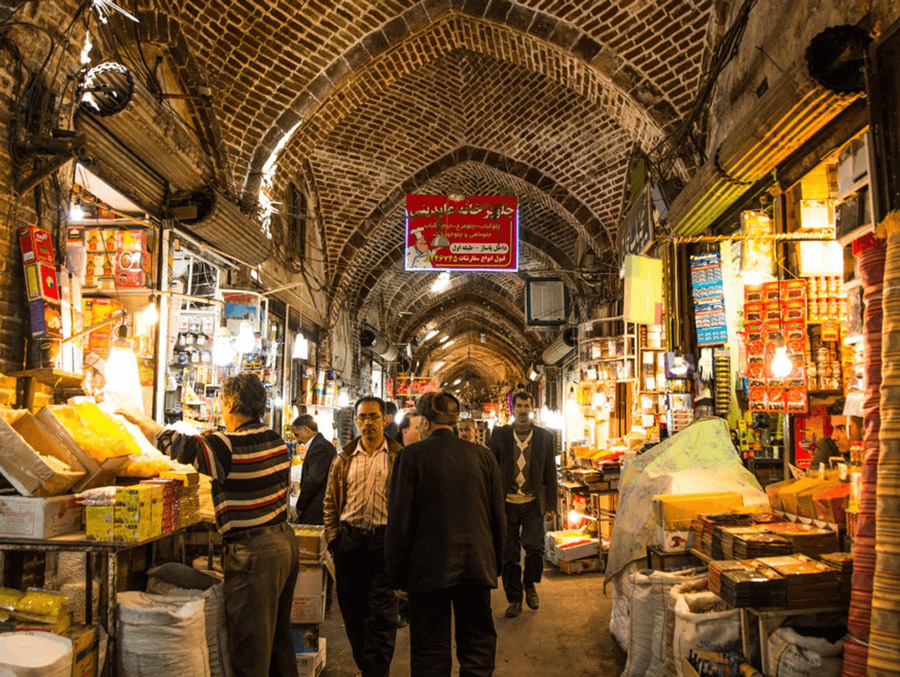
Kerman’s Traditional Bazaar
5. Shiraz Bazaar (Vakil Bazaar)
Location: Shiraz, Fars Province
Vakil Bazaar in Shiraz is one of the most beautiful and historic markets in Iran. Shiraz is famous for its almonds, and this bazaar is the perfect place to find high-quality Mamra almonds, among other nuts and dried fruits.
What to Expect:
- Mamra Almonds: Known for their distinct sweetness and high oil content, Mamra almonds from Fars Province are among the best almonds in the world. They are often used in Iranian sweets and snacks.
- Other Nuts and Fruits: In addition to almonds, you’ll find dried apricots, figs, and raisins in abundance at the market, all grown locally.
- Persian Handicrafts: The Vakil Bazaar is also a great place to shop for Persian rugs, pottery, and textiles while enjoying the beautiful architecture.
Insider Tip:
- After shopping at the bazaar, visit the nearby Nasir al-Mulk Mosque (Pink Mosque), one of the most photographed mosques in Iran, for its stunning stained-glass windows.
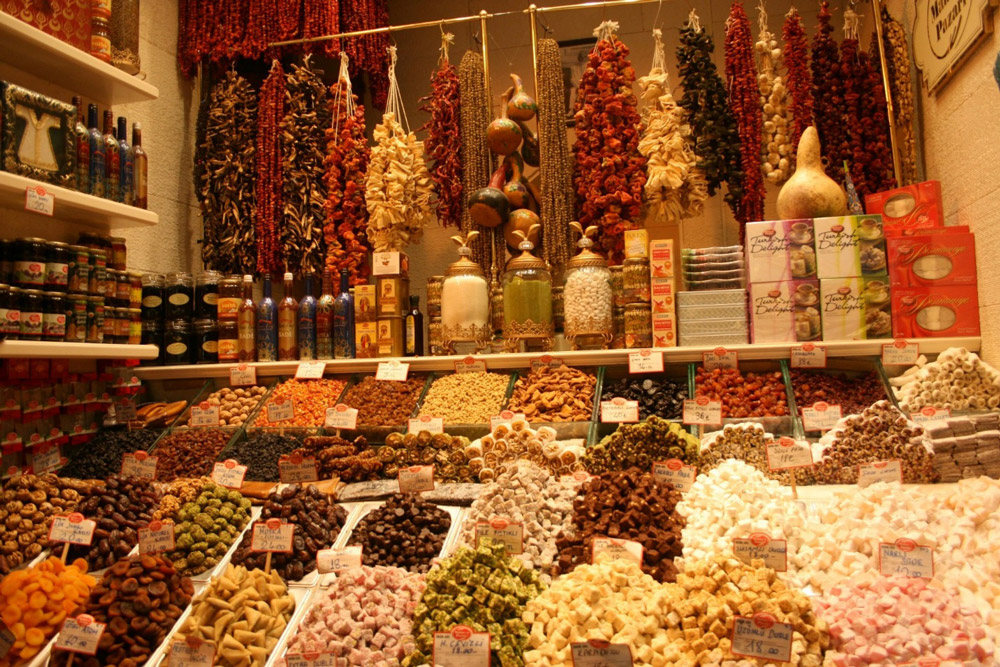
Shiraz Bazaar (Vakil Bazaar)
6. Isfahan’s Naqsh-e Jahan Square Markets
Location: Isfahan
Isfahan is famous for its artisanal goods, but it is also home to many markets where you can find high-quality nuts and dried fruits. The markets around Naqsh-e Jahan Square, a UNESCO World Heritage site, are a must-visit for sourcing almonds, walnuts, and pistachios.
What to Expect:
- Premium Almonds and Walnuts: Isfahan’s markets are known for their excellent quality almonds and walnuts, often used in Persian sweets like gaz (Persian nougat).
- Local Delicacies: Sample the famous Gaz from Isfahan, a sweet treat made with pistachios and almonds, available in most shops around the square.
- Historical Splendor: Shopping for nuts here is an experience surrounded by breathtaking architecture, with nearby attractions like the Shah Mosque and Ali Qapu Palace.
Insider Tip:
- Try Fereni, a traditional Isfahan dessert made from rice flour and milk, often garnished with chopped nuts. It’s a delicious way to experience local flavors.
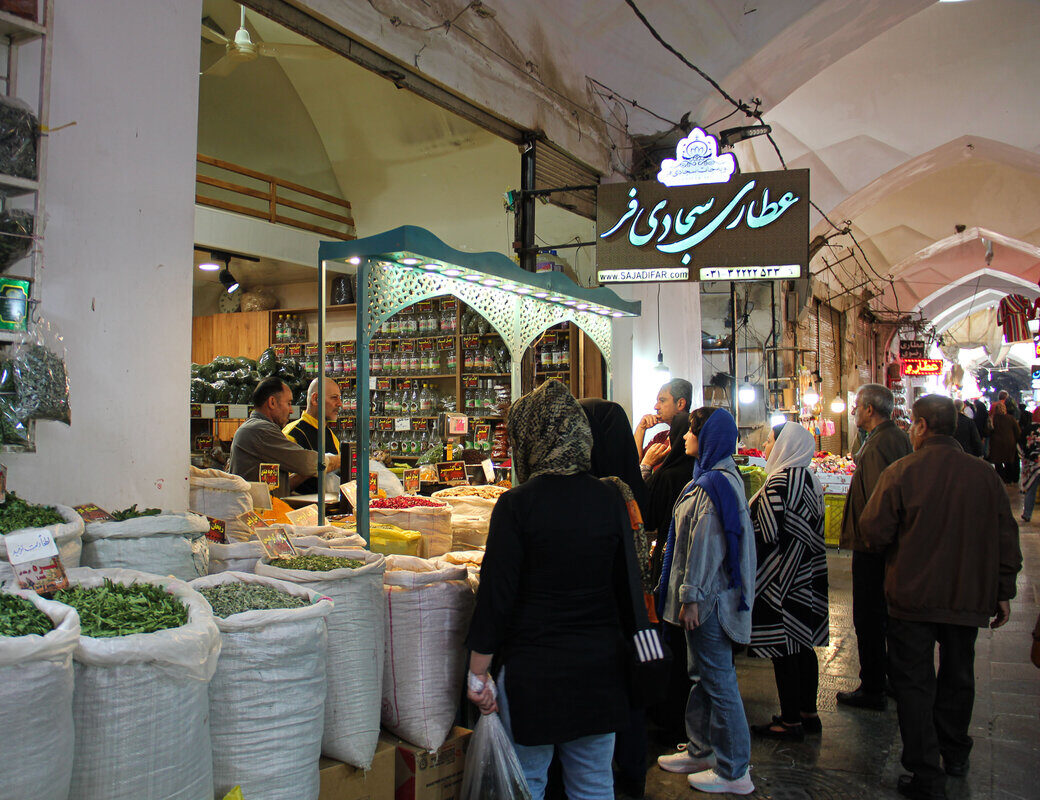
Isfahan’s Naqsh-e Jahan Square Markets
7. Qazvin’s Traditional Bazaar
Location: Qazvin
The Qazvin Bazaar is one of the lesser-known but equally charming markets in Iran. This city is famous for its hazelnuts and walnuts, grown in the surrounding fertile regions.
What to Expect:
- Hazelnuts and Walnuts: The high-quality hazelnuts and walnuts from Qazvin are widely sought after and make for an excellent snack or cooking ingredient.
- Local Sweets: Qazvin is also known for its unique Baklava, which often contains nuts like pistachios, walnuts, and almonds, making the bazaar an ideal place to try these local sweets.
- Traditional Architecture: The bazaar’s historical architecture and vibrant atmosphere make it a great place to explore and shop.
Insider Tip:
- Take a walk through Qazvin’s Chehel Sotoun Palace and Jameh Mosque to fully appreciate the city’s rich history and architecture.
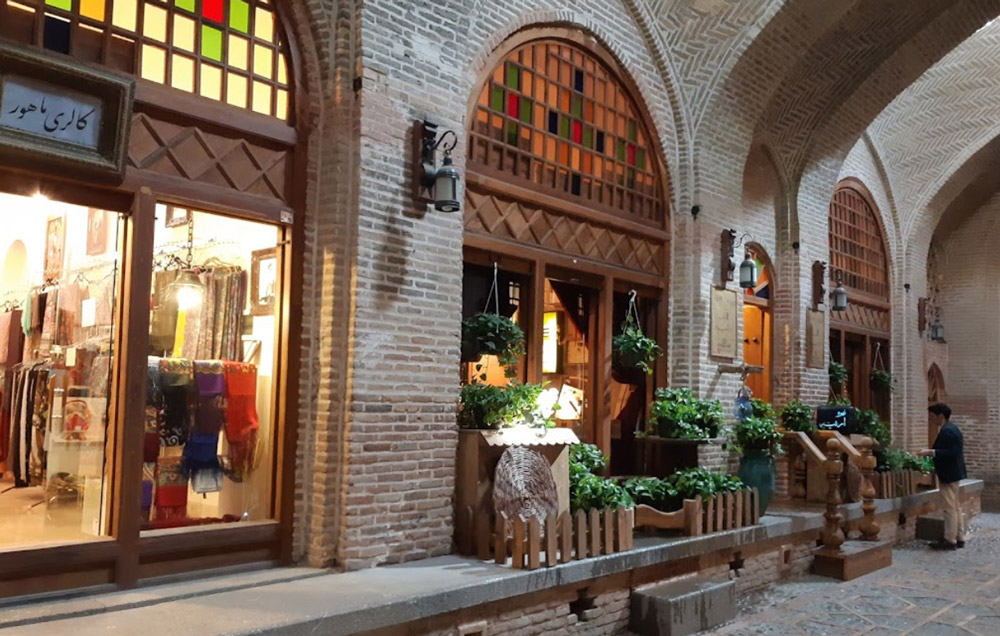
Qazvin’s Traditional Bazaar
Conclusion
Iran’s bustling nut markets are a vibrant part of the country’s culture and offer visitors a chance to source the highest-quality nuts directly from the regions where they are grown. Whether you’re exploring the vast Grand Bazaar in Tehran, the pistachio-rich markets of Rafsanjan, or the beautiful bazaars of Isfahan and Tabriz, each market offers a unique glimpse into Iran’s rich tradition of nut production. These markets are not just places to shop—they are cultural hubs where visitors can engage with local vendors, sample authentic Iranian flavors, and immerse themselves in the history and heritage of the region.

